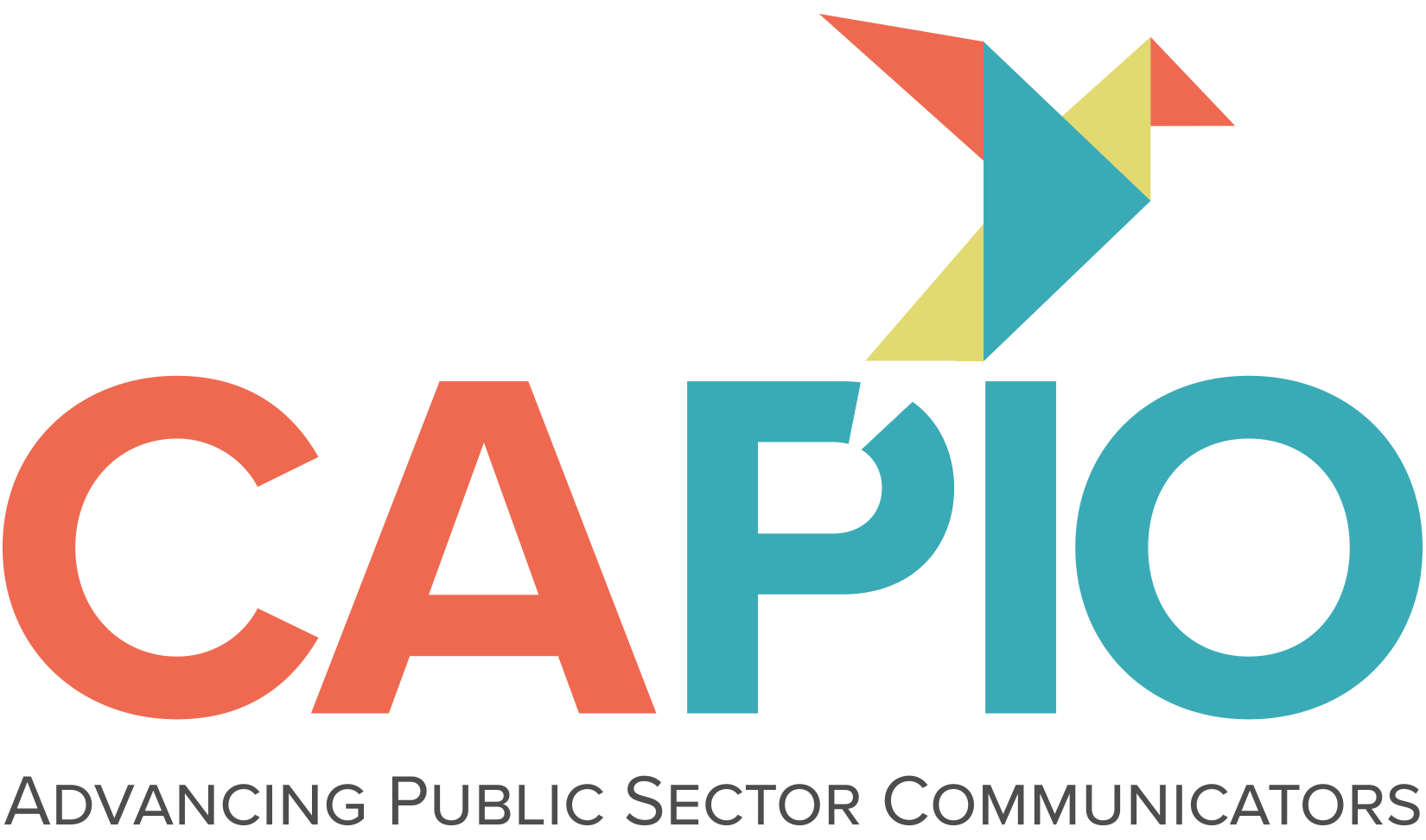Emergency Communications
What City Leaders Need to Know
By Christine Brainerd, APR, CAPIO Strategic Partnerships & Initiatives Chair and City of Folsom Communications Director
City leaders play a critical role in guiding emergency communications. Clear, consistent messaging before, during, and after a crisis builds public trust and keeps your community safe. Read on for best practices before, during and after an emergency.
BEFORE AN EMERGENCY
Build Relationships
- Establish connections and maintain relationships with key partners: fire, police, county OES, schools, utilities, and neighboring jurisdictions.
Develop a Crisis Communications Plan
- Include message templates, graphics, contact lists, roles, and platform access information.
- Prepare pre-written messages for likely scenarios (wildfire, flood, evacuations, etc.).
Know Your Tools
- Ensure access to social media, website, alert systems, and email platforms and ensure remote access.
- Prepare your website to serve as the central emergency information hub in your community.
Train and Practice
- Conduct Joint Information Center training and exercises with staff and partner agencies.
- Maintain a communications go-kit: laptop, hotspot, chargers, printed contact lists, portable printer, notepad, and a copy of the plan.
Plan for Accessibility
- Confirm ADA compliance across platforms.
- Have translation services and language access tools ready.
Ensure Staff Coverage
- Identify backup communicators in case your primary PIO is unavailable.
- Identify spokespeople and SME’s for different situations.
DURING AN EMERGENCY
Coordinate First
- Confirm all facts with the EOC or incident commander before posting.
- Stay in your lane; only provide information relative to your purview.
Communicate Clearly
- Prioritize speed—but never at the expense of accuracy!
- Identify key message and supporting points (3-4).
- Use plain language—avoid acronyms and jargon.
- Stick to the known facts; do not speculate.
Be the Steady, Trusted Voice
- Provide regular updates, even if there is no new information.
- Be transparent about what is known, unknown, and when to expect updates.
- If asked a question that may derail the conversation, take charge: redirect to the main concern, focus, and key messages.
- Be concise, honest, compassionate, and empathetic, and be aware of your body language and tone.
- If there are actions the public can take, let them know; give them a sense of control so they can make well-informed decisions.
- Stay visible and accessible to the public.
Monitor and Correct
- Track social media, media coverage, and public feedback.
- Correct misinformation quickly and clearly.
- If you misspeak, simply say so and correct your response.
AFTER THE EMERGENCY
Support Recovery Efforts
- Share information about cleanup, resources, rebuilding, and available support services.
- Recognize the efforts of staff, responders, volunteers, and the community.
Debrief and Improve
- Host an after-action review with your team and partners.
- Evaluate your communication timeline and identify gaps or strengths.
- Update your communications plan based on lessons learned.
Keep Communicating!
- Share recovery progress with the community through newsletters, social media, and public meetings.
- Reinforce your commitment to transparency, preparedness, and continuous improvement
Effective communication is leadership in action! The trust you build in calm times will carry your community through crisis.
—
CAPIO and the California Governor’s Office of Emergency Services (Cal OES) offer an annual Emergency Communications Academy. Stay informed. This multi-day training academy brings together professionals from across California to learn advanced risk and crisis communication strategies. Taught by public safety experts from agencies like FEMA, Cal OES, and CAL FIRE, the academy offers hands-on experiences and real-world lessons to help public information officers expand their skills for managing complex emergencies. Learn more here.

